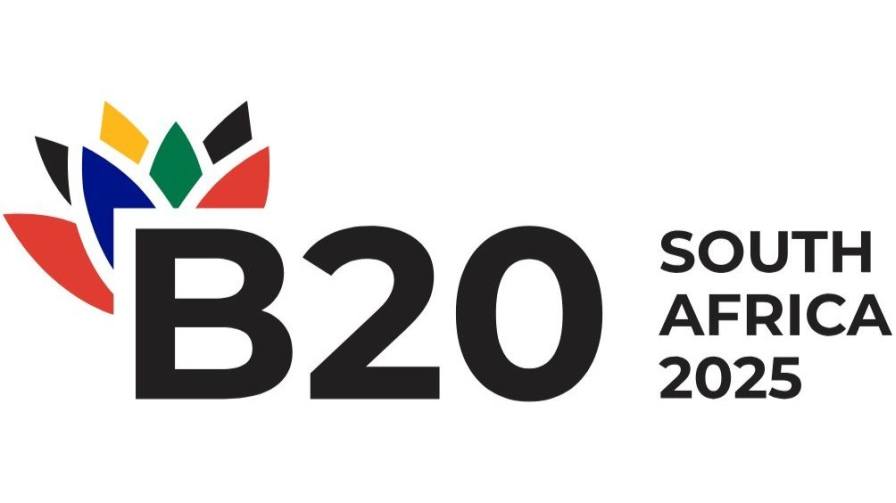Agricultural Secondary Nutrients Market to Hit $56 Billion by 2032: Trends and Growth Insights
The Global Agricultural Secondary Nutrients Market will record a 4.2% CAGR between 2024 and 2032, owing to the focus on improving crop yields and quality, coupled with the increasing adoption of advanced farming practices. Against this backdrop, in May 2023, ICL Group partnered with AgriSmart, an AgTech startup, to advance smart technologies for secondary nutrients. The collaboration focuses on optimizing calcium and magnesium use, highlighting technology’s growing role in efficient nutrient management and potentially revolutionizing agricultural practices.
Additionally, the growing awareness of soil health and nutrient management is encouraging farmers to integrate secondary nutrients into their agricultural practices. Government initiatives and subsidies aimed at promoting sustainable farming and improving soil fertility further contribute to the market expansion.
The agricultural secondary nutrients market is segmented based on nutrient type, application method, crop type, form, and region.

The magnesium segment will experience a decent growth rate during the forecast period, driven by its crucial role in enhancing plant photosynthesis and enzyme activation. As global agricultural practices increasingly focus on optimizing crop productivity and soil health, magnesium’s contribution to improving plant growth and resistance to environmental stress becomes more significant. Additionally, the growing prevalence of magnesium deficiency in soils, driven by intensive farming and soil degradation, is leading farmers to seek out solutions that address this nutrient gap, further boosting demand.
The foliar segment will clutch a noteworthy agricultural secondary nutrients market share by 2032, offering a highly efficient method of delivering nutrients directly to plants. This technique allows for rapid absorption and immediate impact on plant health, which is particularly beneficial in addressing nutrient deficiencies and promoting optimal growth. As farmers and agricultural professionals seek more effective and targeted approaches to enhance crop performance, the adoption of secondary nutrition through foliar application methods is increasing.
North America agricultural secondary nutrients market will record a considerable CAGR from 2024 to 2032, due to the advancements in precision agriculture and increasing adoption of data-driven farming techniques. Farmers in the region are leveraging technology to optimize nutrient application, which enhances crop yields and soil health. Additionally, rising consumer demand for sustainably grown and high-quality produce is prompting agricultural stakeholders to invest in nutrient management solutions. Supportive government policies and research initiatives aimed at improving soil fertility and promoting sustainable agricultural practices also contribute to the market expansion in North America.





